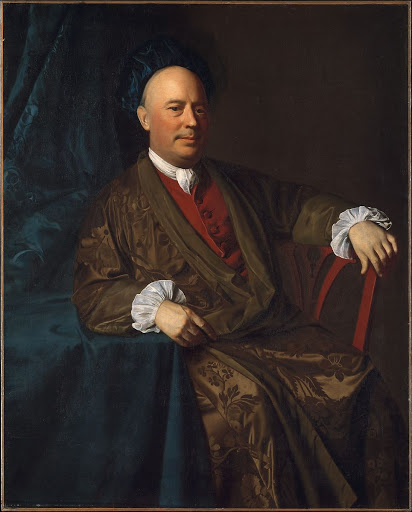How Archaeologists Use Images
Archaeologists sometimes use images from different times and places to help them when researching an artifact. The images could be paintings, drawings, sculptures, or another medium. If an artifact appears in an image, it could help the archaeologist to date the artifact since it is known that the artifact was in use at the same time the image was created. The image can also help the archaeologist learn more about what kind of person would use the artifact: age, gender, socioeconomic status, etc. An image can also help determine cultural significance of an artifact. If an object is chosen to be portrayed in an image, then it must have some sort of significance. In an image, especially in artwork, objects often are particularly chosen to symbolize what the artist is trying to convey. In this way, images can help archaeologists to determine if there is cultural meaning tied to different objects. If an artifact can be found in a very important image, then that might indicate that the artifact has cultural importance.
An example could be this wig curler, one of several that was found during the 1980s excavations at Sherburne House. Sometimes field school students mistake wig curler pieces for pipe stem fragments since they are made of similar white clay. However, wig curlers have no center hole and have a uniquely curved shape. This wig curler was found in a context dating to the early 18th century when the house was the home of Joseph Sherburne, a wealthy merchant. His son, also named Joseph Sherburne, is pictured below in a painting by John Singleton Copley.
In these engravings (Plates I and III from Diderot’s Encyclopédie), we can see an image of wig curlers (highlight added by Jessica Costello for the NMSC Archeology and Museum Blog). The image also shows the process of wig making. The process looks very precise and we can see the finishing touches that the wig maker puts on the wig, using the curlers to make the desired curled shape.
In this famous portrait of George Washington, painted by Gilbert Stuart in 1796, we can see the style of hair that the wigmakers were creating on his head. George Washington was wealthy and had a very high status as the president of the United States. His curled hairstyle would likely be what was fashionable for his socioeconomic status at the time. Therefore, wig curlers are likely to be owned by a person of wealth or high status.
For more information on how personal objects help us interpret the status of early Puddle Dock residents, see: White, Carolyn L. 2008. "Personal Adornment and Interlaced Identities at the Sherburne Site, Portsmouth, New Hampshire." Historical Archaeology Vol. 42 (2):17-37.




Comments
Post a Comment